
Communication Skills Training Videos
Related Topics:

Conflict Resolution in the Office Training Video
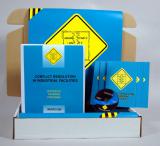
Conflict Resolution in Industrial Facilities Meeting Kit

Jealousy at Work

Consciously Overcoming Unconscious Bias
Consciously Overcoming Unconscious Bias™ is a conversational, easy-to-use program that shows how unconscious bias, micro-inequities, and micro-affirmations overlap in the workplace. It presents all three of these timely topics together, so they're simple to understand.
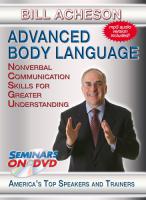
Advanced Body Language
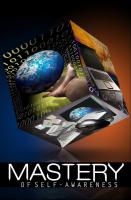
Mastery of Self-Awareness

Adapting to Change

Conflict Resolution in Industrial Facilities Video
This Conflict Resolution in Industrial Facilities training program discuss different types of conflict that you may encounter on the job, how to find lasting solutions to disagreements, and what to do if conflict threatens to get out of control.

Adapting to Change

Adapting to Change
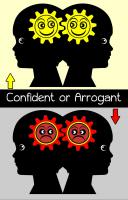
Confident or Arrogant

Stop Being Easily Offended

Action Strategies For Big Thinkers
Someone who thinks big like you should be achieving greatness at every level, so what’s holding you back? It’s your mind and the way it’s currently operating.

Adapting to Change

Front Line Guide Series - Download
The Front Line Guide Series is a “no nonsense” collection of five short guide books designed for the needs of new supervisors and supervisor candidates who need to quickly become grounded in practical competency areas that are crucial for managing others.

Cell Phones: Manners Vs Rudeness - Video

Life is like a Journey on a Train
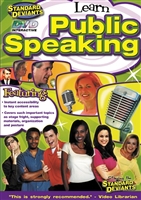
Public Speaking - Video

Adapting to Change

Mass Communication: How Television Ratings Work

The Alphabet, Consonants & Vowels, Capitalization & Punctuation, Personal Pronouns, The Verb 'to be', Articles
This lesson teaches an introduction to the alphabet and the sounds and names of the letters, consonants and vowels. We look at personal pronouns (I, you, he, she, it, we, the) and the verb “to be,” "I am" "you are" "he is."

Vocabulary, Nouns, Regular & Irregular Verbs, Identifiers, Prepositions (Lesson 2)

Present Simple Tense Sentence Forms, Contractions, Pronunciation (Voiced and Voiceless Sounds), Words Endings

Countable and Uncountable Nouns, Present Continuous Tense, Times, Dates & Numbers, Review of Consonants and Vowels, Review of Articles





